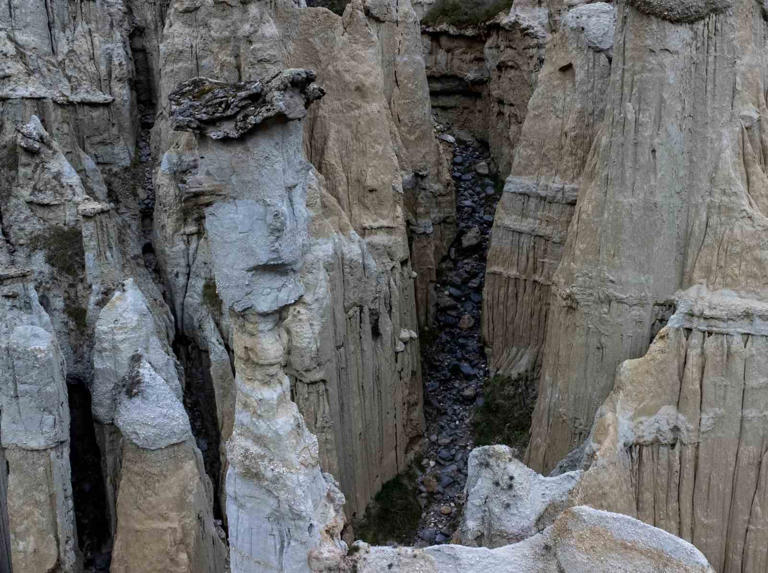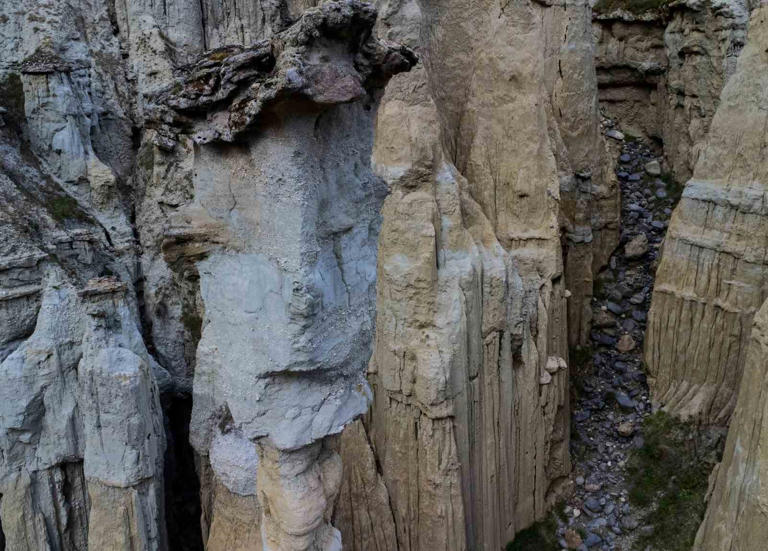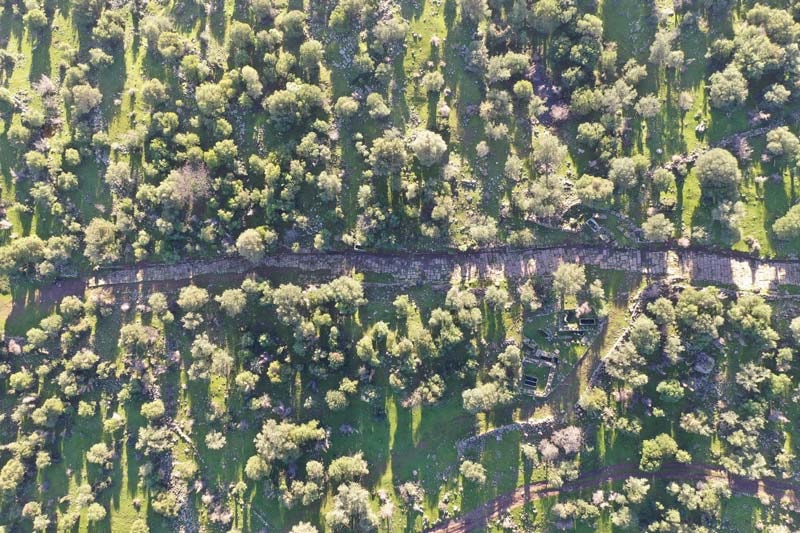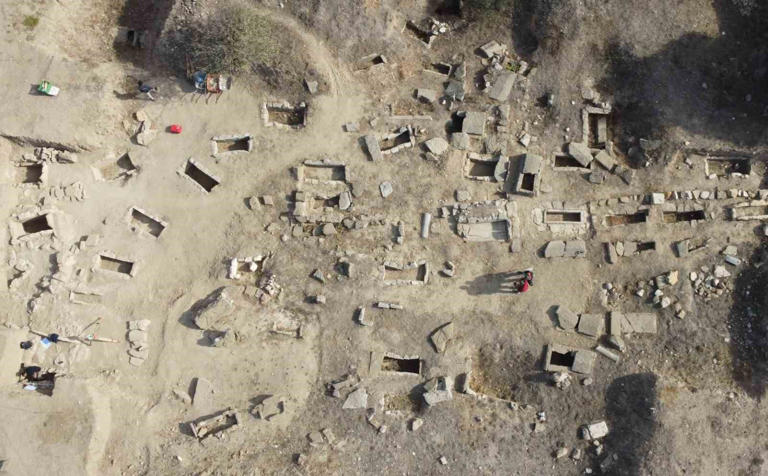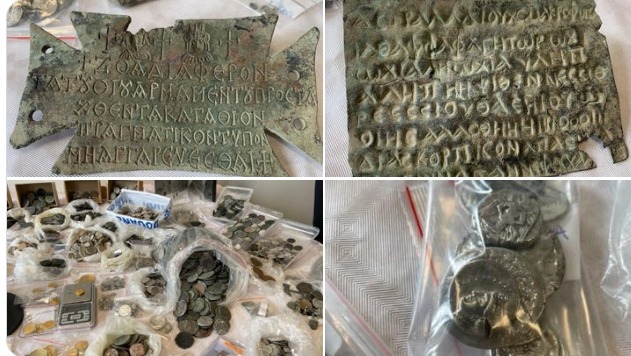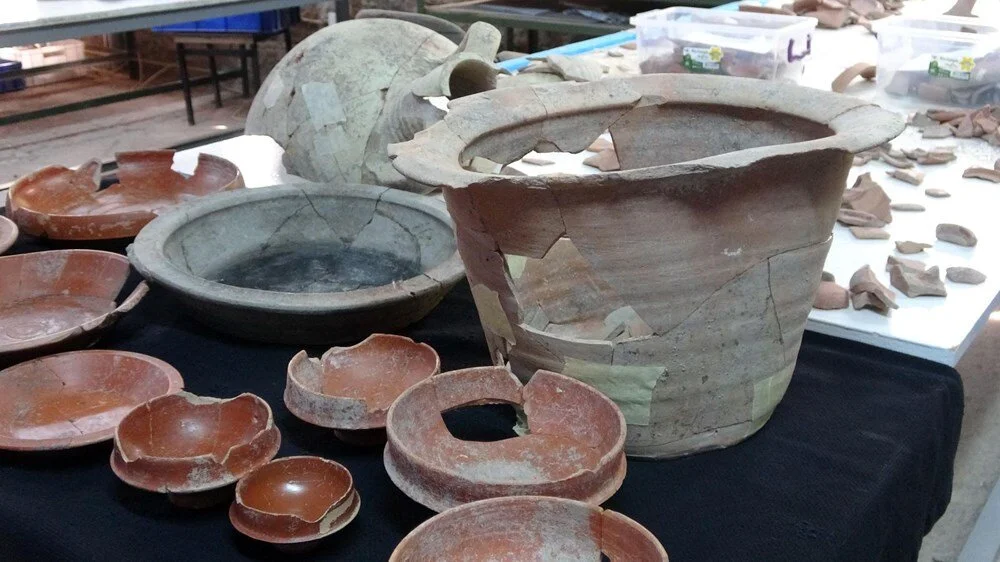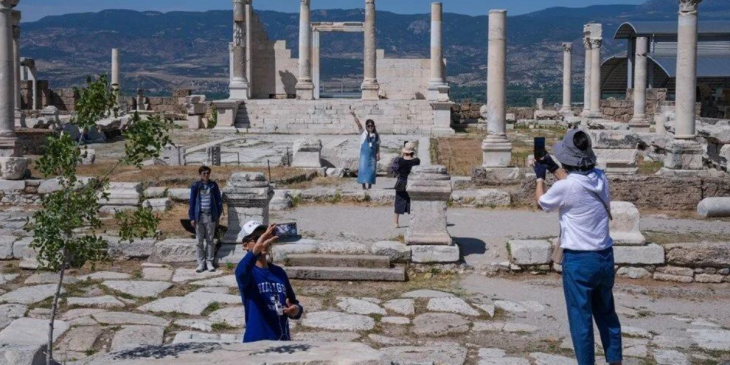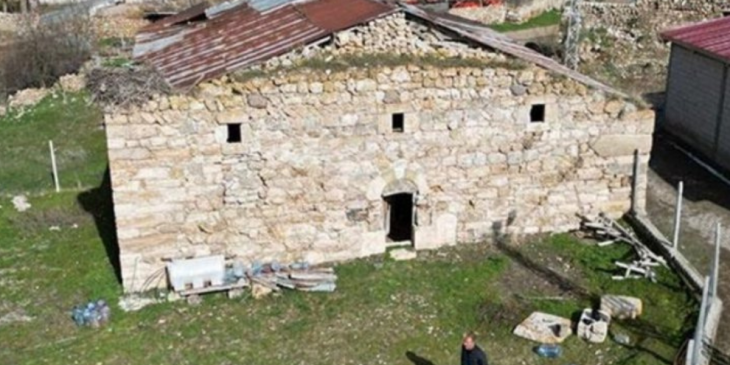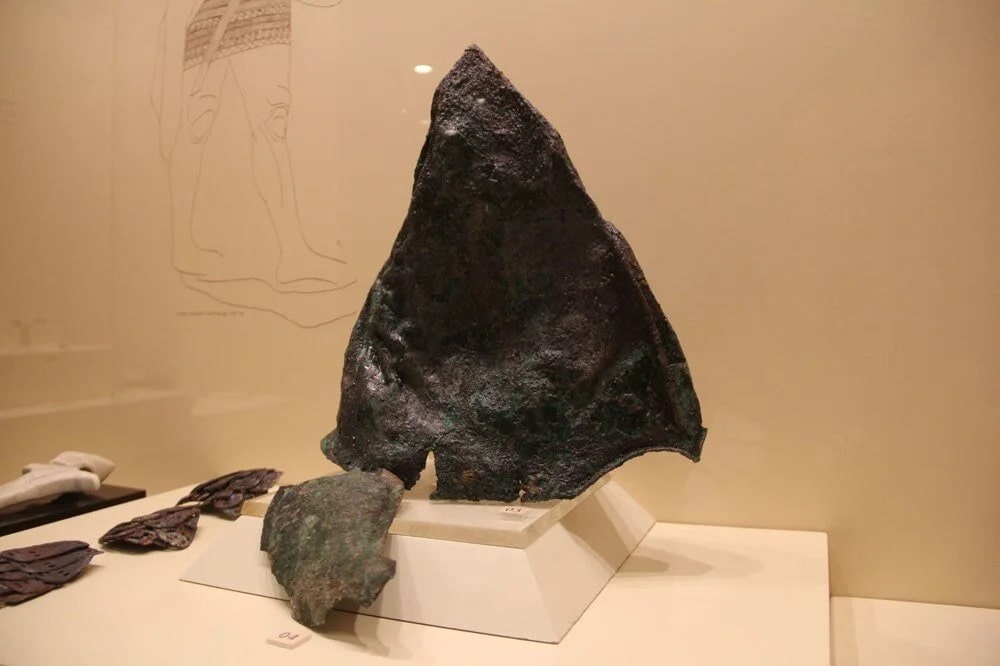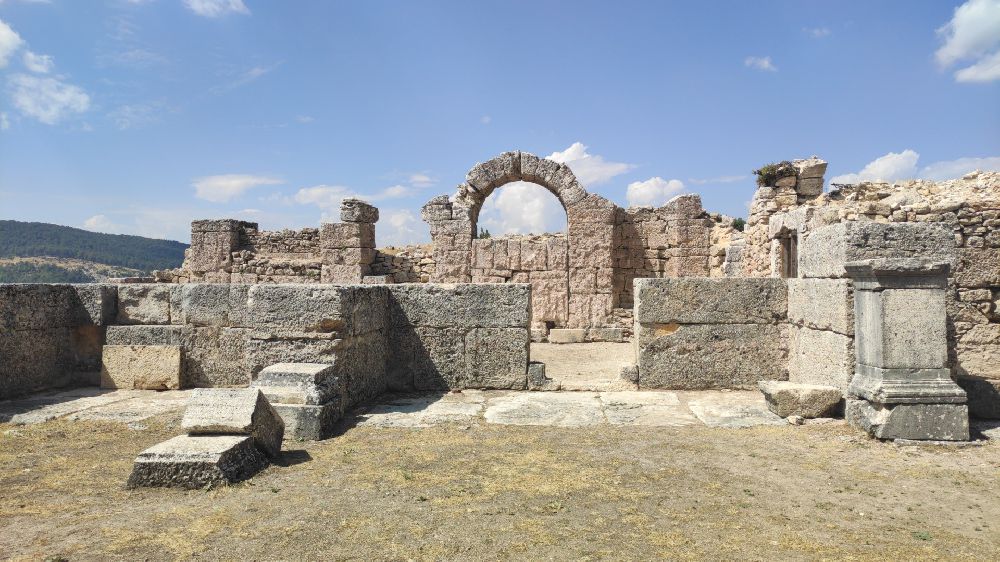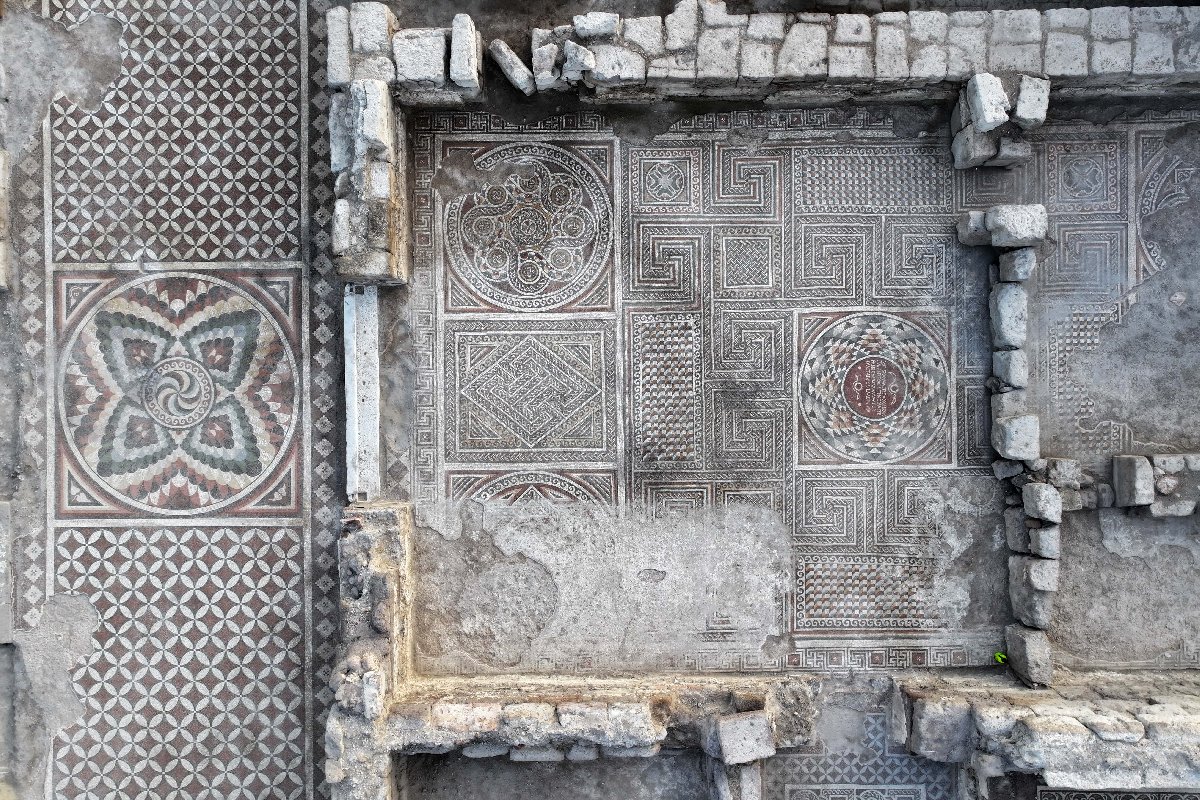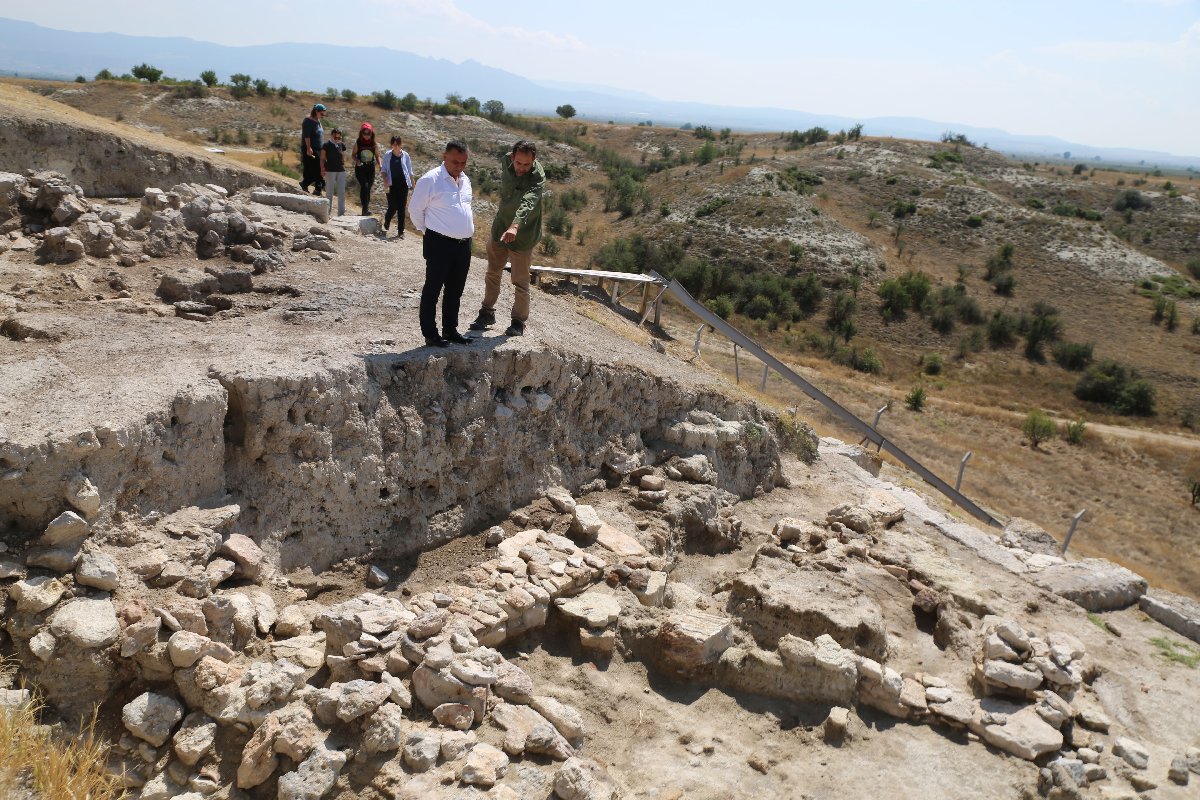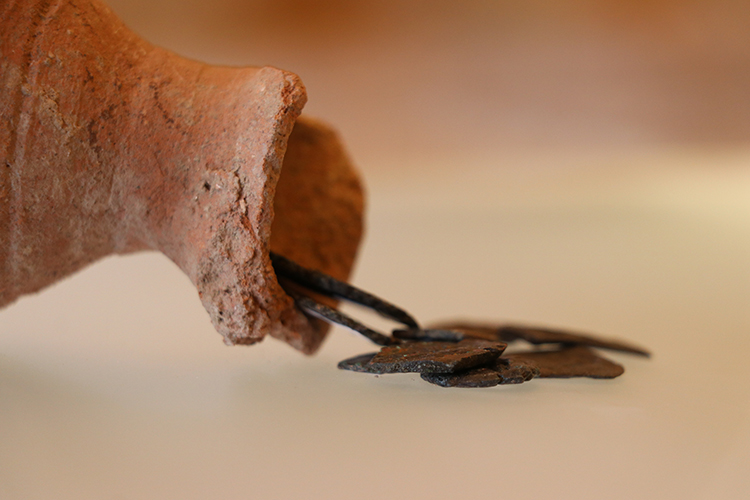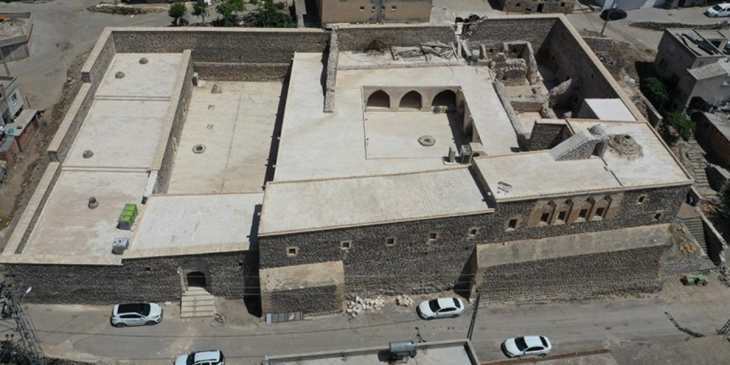A natural formation resembling a human face was discovered in Kuladokya, which was formed as a result of volcanic activities and millions of years of erosion.
Kuladokya is located in the Kula district of Manisa in western Turkey.
It is a region famous for its fairy chimneys resembling Cappadocia. In 2012, it was declared a natural protected area.
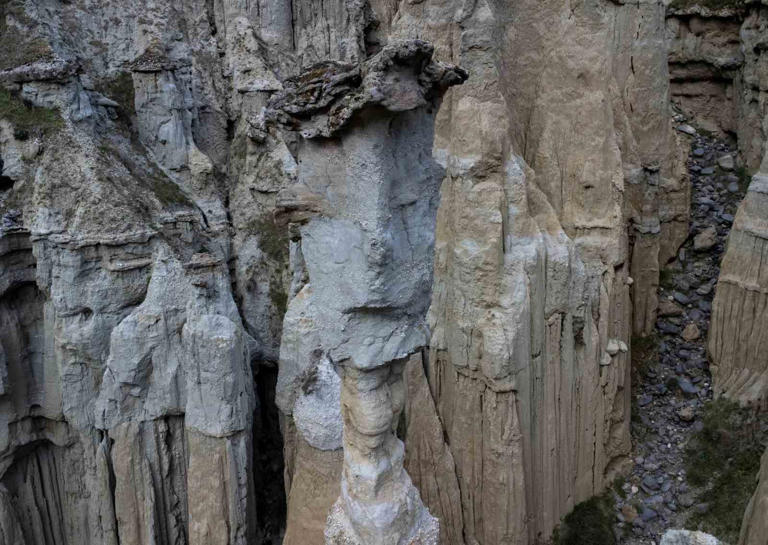
Erdem Arif Yiğit, who photographed the natural formation resembling a human face that looks as if it was created by a master sculptor, said, “During the shooting, I came across an interesting image on the rocks. When I brought the drone a little closer, I noticed an icon on the rocks that looked like a human face. Its eyes, nose, mouth and even teeth, when looked very carefully, the crying expression in the right eye can be easily noticed. I have seen similar icons in nature before, but I think this one is more different and interesting.”
